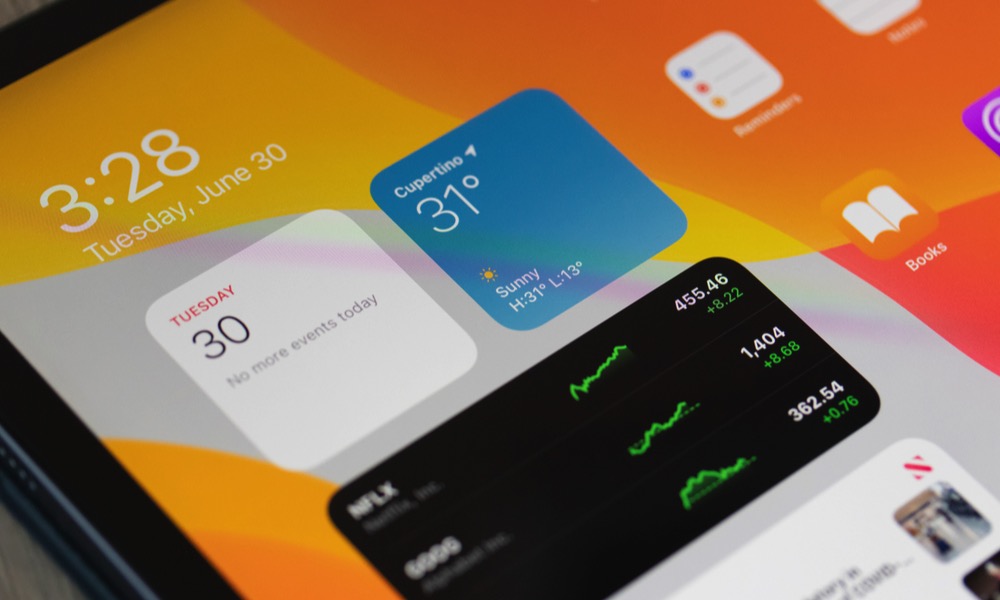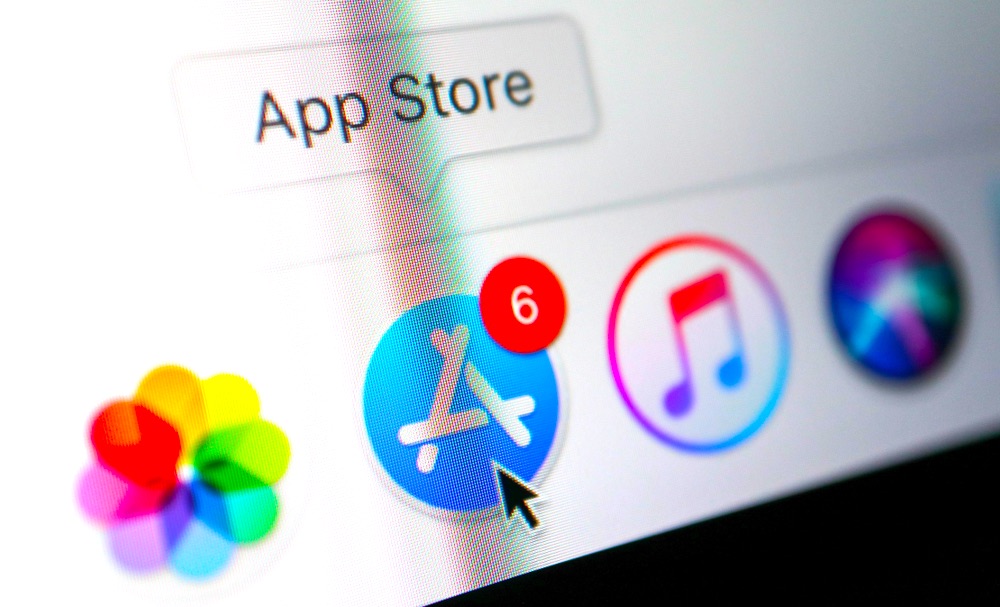While it may have slipped the attention of many consumers, online businesses around the world were rocked by Apple’s June 2020 decision to make the IDFA fully opt-in. What does that mean exactly?
Well, IDFA stands for Identifier for Advertisers, and it’s a protocol that creates an ID tag for every user device so that device activity can be tracked by advertisers for personalized marketing and ad offers.
While IDFA made it easy to track online behavior without actually knowing a user’s private info, the practice has come under some scrutiny as the importance of online privacy continues to increase.
While Apple still provides the IDFA, it’s now entirely based on direct permission granted by users. In other words, if an app wants to track what a device is doing through an IDFA, a big pop-up will show up that says, roughly, “This app wants to track what you’re doing on this device so it can send you ads. Do you want to allow that?” Users are broadly expected to answer no.
So, what does that mean for advertisers and for your personal user experience going forward? Continue reading to learn what it means for you.
You Will Still Get Online Ads
Apple’s change is a big one for mobile advertisers, but it doesn’t mean that ads will disappear from your iPhone. Consumers will still get ads in all the usual places on their phones. That includes in their internet browsers, and in some of the apps that they use.
The big difference is that those ads will be far less likely to be 1) personalized based on what you like doing on your phone and 2) retargeted based on the products and ads you’ve looked at before. So the ads will still appear, but they will tend to be more general in nature.
Big Platforms Will Need to Get More Creative with Tracking
Without the
IDFA option, advertising platforms face a need for more innovation. Advertising
lives off data, and Apple’s move encourages smarter data strategies.
What’s that going to look like? We’ll have to wait and see, but one potential solution is “fingerprinting” a device, or making a device profile, a lot like marketers make buyer personas. This involves gathering ancillary data about a device’s IP addresses, location, activity periods, Bluetooth, and other features, then combining it into a profile that shows how the device is being used and what that says about the user.
Another
option is to develop more ways to track “events” instead of devices. An app
event could be anything from logging on for the first time to reaching the
first level of a game, etc. By looking at events across the entire user base,
advertisers can divide users into different groups of behavior and target ads
based on what that behavior says about them.
Developers and Advertisers Will Design New Ways to Monitor Apps
Advertisers
still need app data from iOS to make effective decisions about ads. Since
individual device data is now largely out of reach for them, we’re going to
start seeing more innovation on this side, too. Companies are going to start
focusing on broad data that they do have to make plans based on what they do
know – in other words, what users are doing directly on the app itself, instead
of on the entire device.
Apple is helping with this, too: The company has announced a new SKAdNetwork platform that is essentially designed to replace some of what the IDFA program used to do. It doesn’t track individual device activity, but it does track overall interaction with apps, so creators will still know things like how many people are downloading apps, where they are downloading from, and what features are getting the most use, etc. The key will be finding ways to make intelligent ad decisions from that collective data, and looking for synergistic ways to share it with partners – something advertisers traditionally haven’t done much in the past.
Retargeting Will Refocus on Contact Information
Retargeting
is the ad tactic of showing a user products and ads they have already viewed in
the past, which makes a purchase more likely. It’s a very important part of the
sales process, but becomes more difficult when device activity can’t be
directly monitored. However, there’s another highly traditional option for retargeting:
Getting a customer’s contact information. Depending on how active someone is on
the Web, something like an email address or phone number can provide plenty of
useful retargeting data. Expect a renewed focus on web forms and collecting
contact information within apps.
Online Point of Sale Will Become Even More Important
The online shopping cart is already a locus of valuable information: Every time you add a product, look at shipping prices, abandon a shopping cart, pick a payment method, choose an address, and complete an order – all of it provides companies with data they can use for retargeting, customer profiles, personalized ads and discounts, and so on.
Nothing Apple is doing will affect online POS data, so we can expect it to become even more important. However, most POS data currently stays in house, so the big question is if – and how – large ad platforms might use it in the future. Which brings us to another important point: auctioning data.
Auctioning Mobile User Data Is Less Viable Than Ever
A big secondary market for mobile advertising is selling device data to other advertisers (it’s also technically a black market when it happens on the dark web with stolen data, but there’s a legitimate version, too). Now bids for iOS data don’t really have anywhere to go – how can you bid on a list of device use information when that data isn’t being collected anymore? And if someone is selling that data, how do you know if it’s not outdated or just fake?
These secondary auction markets and “demand-side platforms” (DSPs) have been facing pressure in recent years over fears they aren’t exactly healthy for the industry. Apple nixing the IDFA won’t end them, but it will refocus the secondary selling on top-level data (the kind we discussed in the points above) and less on more personal user data.
This Is Just the Beginning
The era of
device tracking has only begun to change. Apple’s decision about IDFA was expected,
and is only the beginning of the shift away from this tactic. Google is also expected
to make a similar change with its own version of the technology, GAID (Google
Ad Identifier). Meanwhile, major web browsers like Safari and Chrome are
dropping support for third-party cookies as well.
This is great
for customer privacy, which is clearly a new core concern for the big tech
names. It’s also ushering in a new age of marketing where advertisers will have
to grapple with unseen data – and find new ways to move ahead. In some ways, it’s
an analyst’s dream come true.
/article-new/2020/09/iOS14AntitrackDelayedFacebookSmirkfeature.jpg?lossy)














